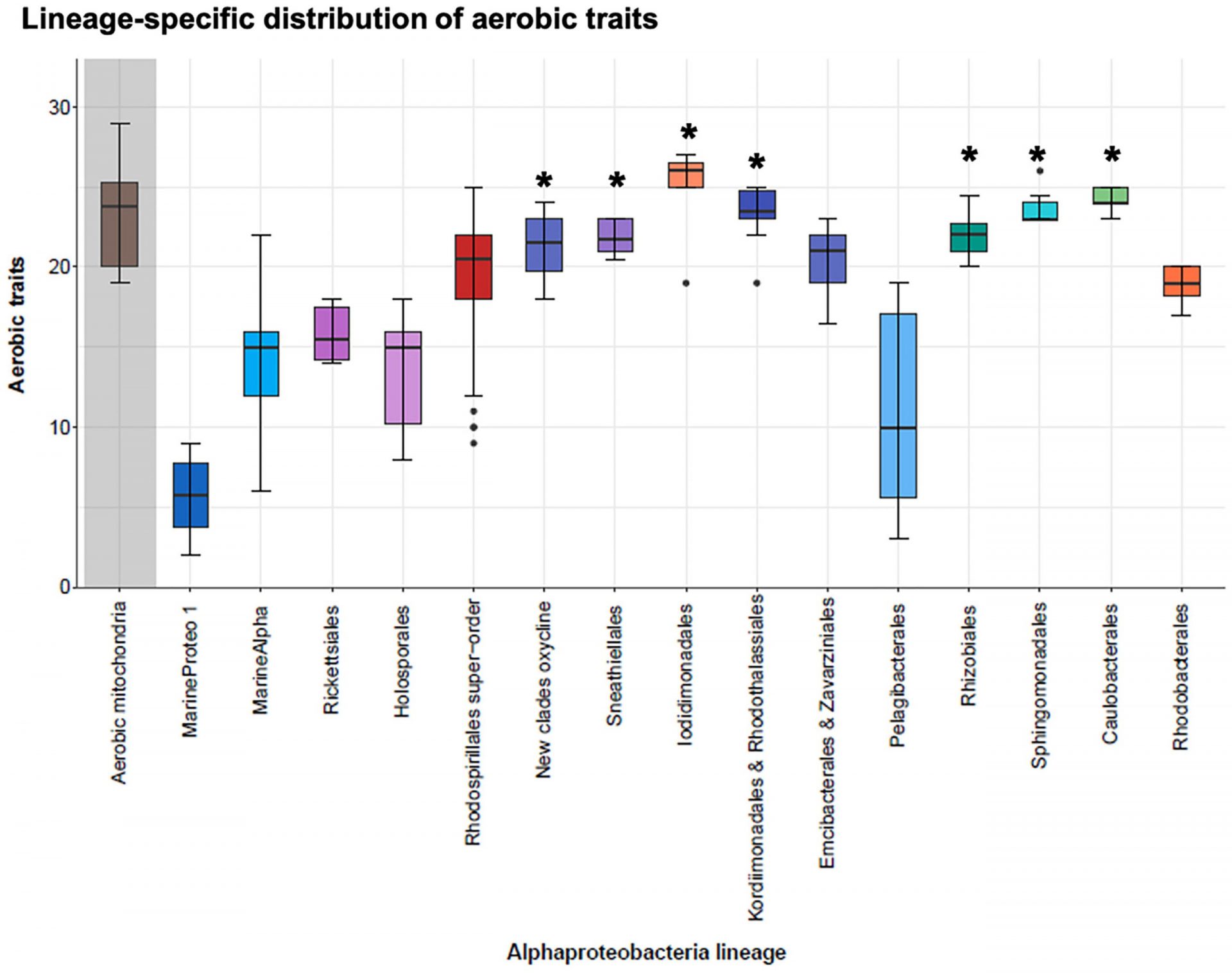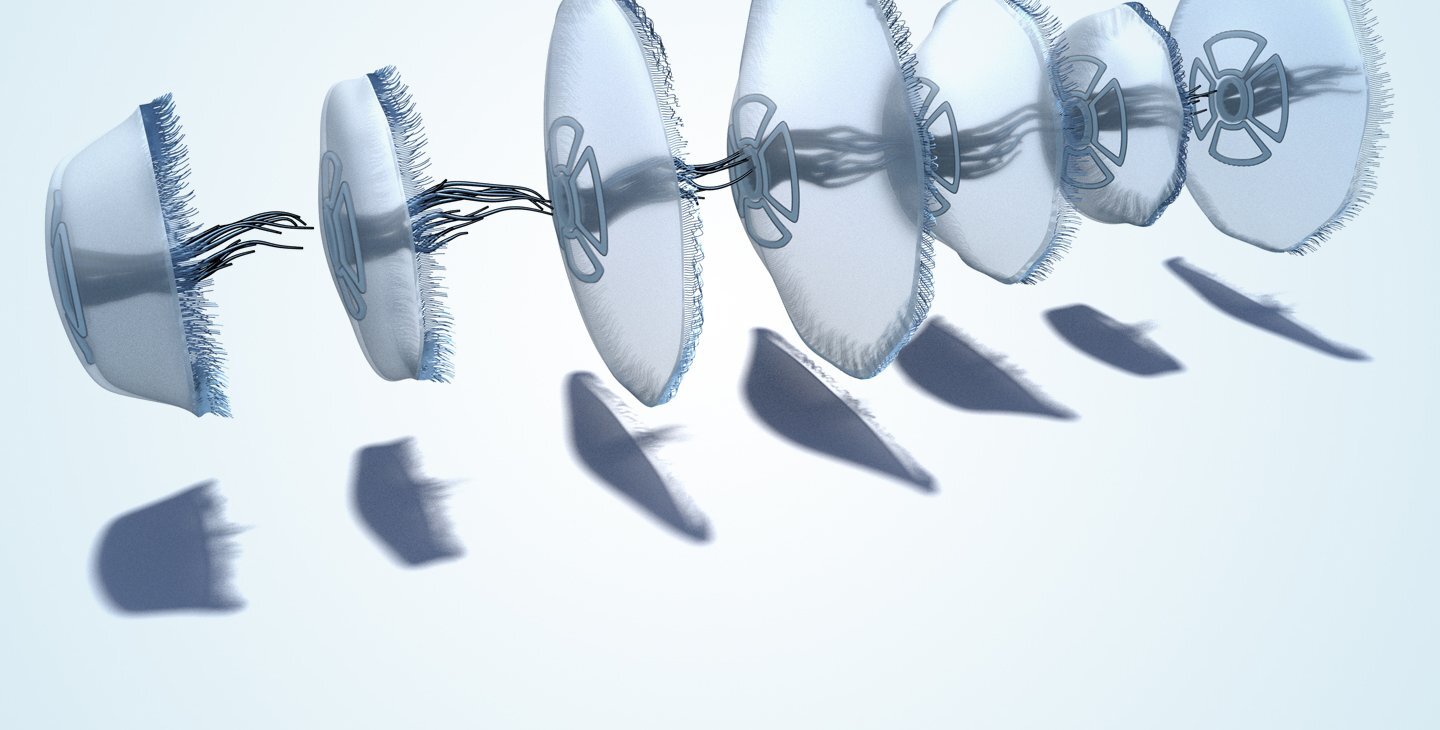A groundbreaking discovery has been made by a group of genomic researchers at the Center for Genomic Sciences in Mexico. Working alongside a colleague from the Institute of Biotechnology, they have identified a type of bacteria that could be the closest modern relative of the mitochondria precursor.
In their study, published in the prestigious journal Science Advances, researchers Otto Geiger, Alejandro Sanchez-Flores, Jonathan Padilla-Gomez, and Mauro Degli Esposti analyzed thousands of bacterial genomes. Their goal was to find bacteria that closely matched the characteristics of the mitochondria precursor genome.
Parth Raval, William Martin, and Sven Gould from Heinrich Heine University have also contributed to this research. In a Focus piece published in the same journal issue, they summarize the team’s work and discuss prior research on the search for the mitochondria precursor.
Scientists believe that life originated on Earth around 3.7 billion years ago. Approximately 1 billion years ago, a type of bacteria evolved into the precursor of mitochondria, which played a crucial role in the evolution of all modern life forms. However, as Raval, Martin, and Gould point out, there is no direct evidence of these early bacteria. Therefore, scientists must rely on other methods to approximate their genome, such as studying the genomes of bacteria that currently reside in marine life cells.
In this study, the researchers aimed to identify the bacteria that most closely resemble the mitochondria precursor. They analyzed the genomes of all known modern alphaproteobacteria, searching for traits that are likely to be present in mitochondria precursor bacteria.
During their investigation, the research team discovered that all mitochondria produce two specific lipids. These lipids are only found in a few types of modern bacteria, which helped narrow down the search. Eventually, the team identified marine bacteria commonly found in hot springs worldwide as strong candidates for representing modern relatives of the ancient mitochondria precursor bacteria. One common factor among these bacteria is their ability to survive in environments with a high oxygen gradient.








